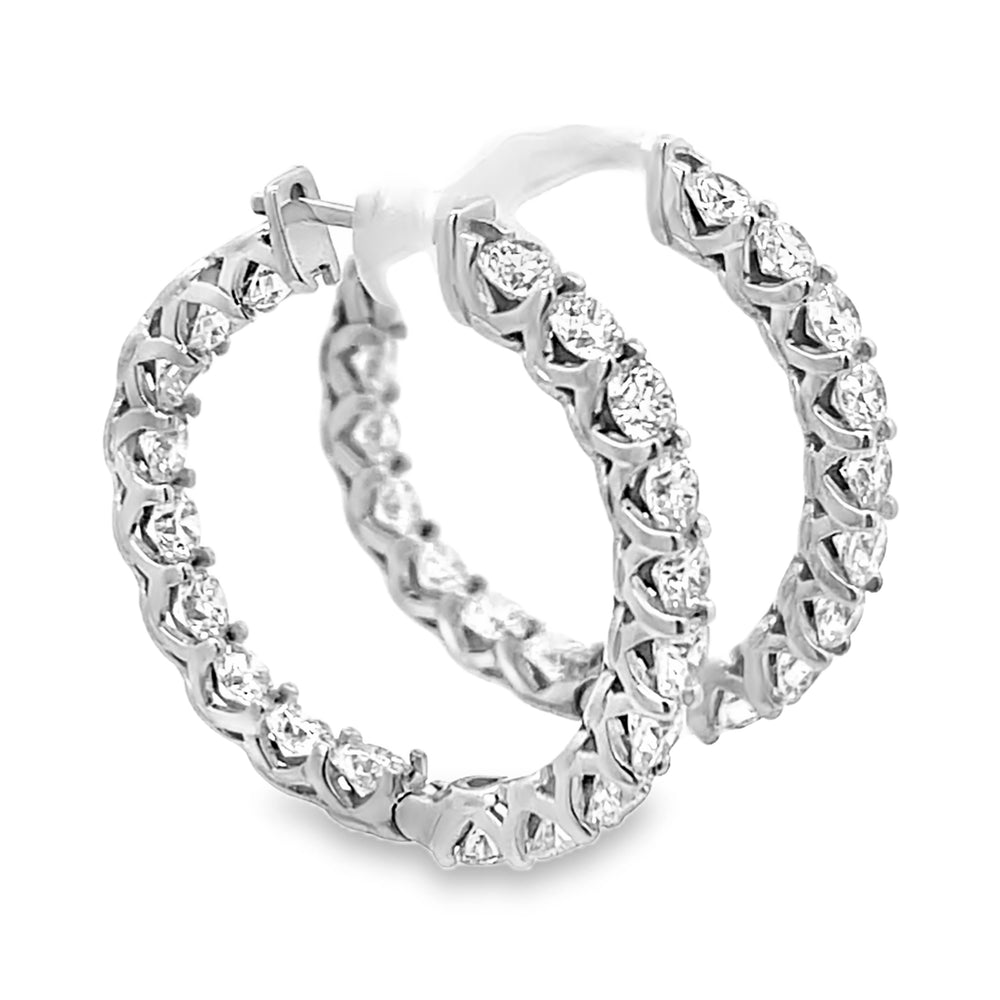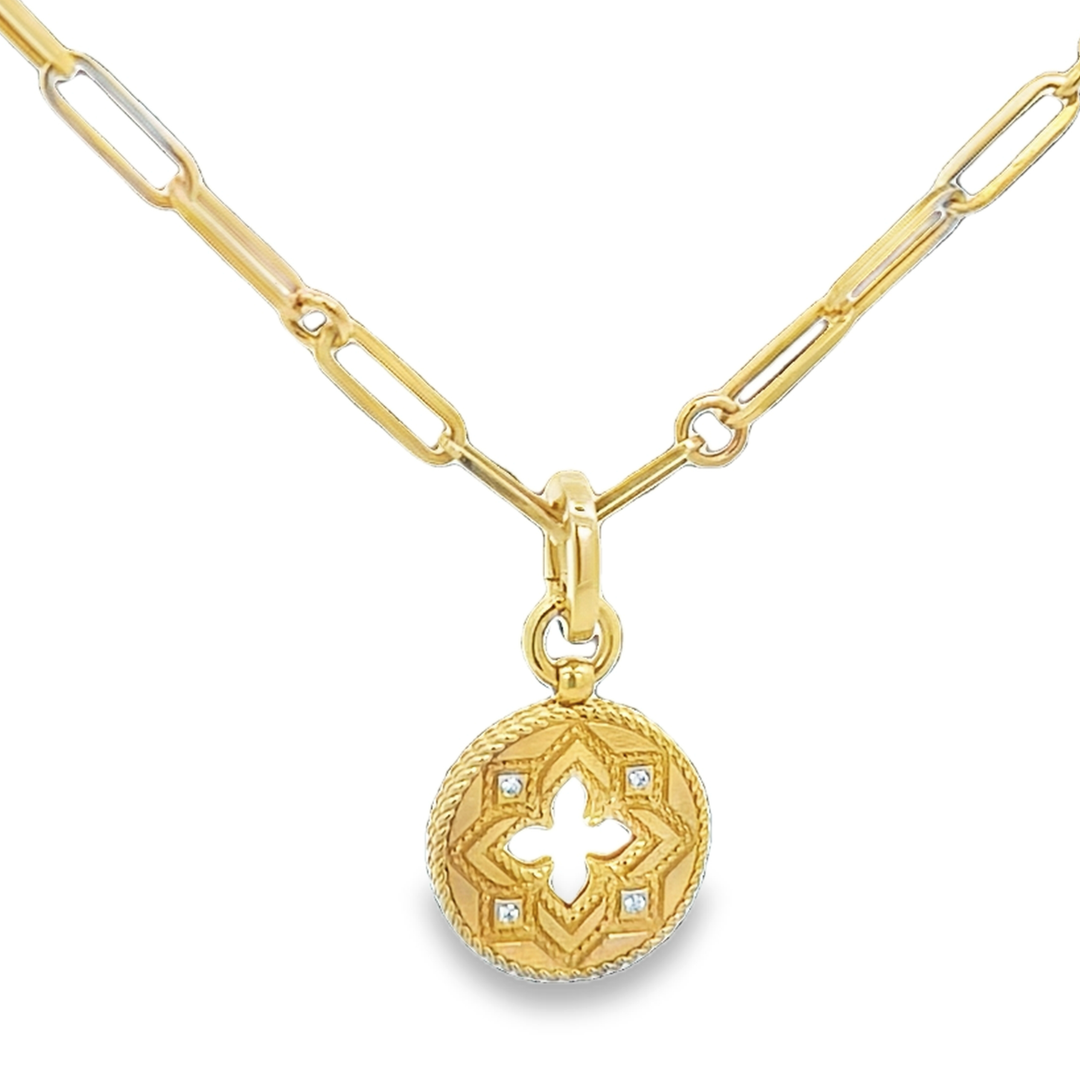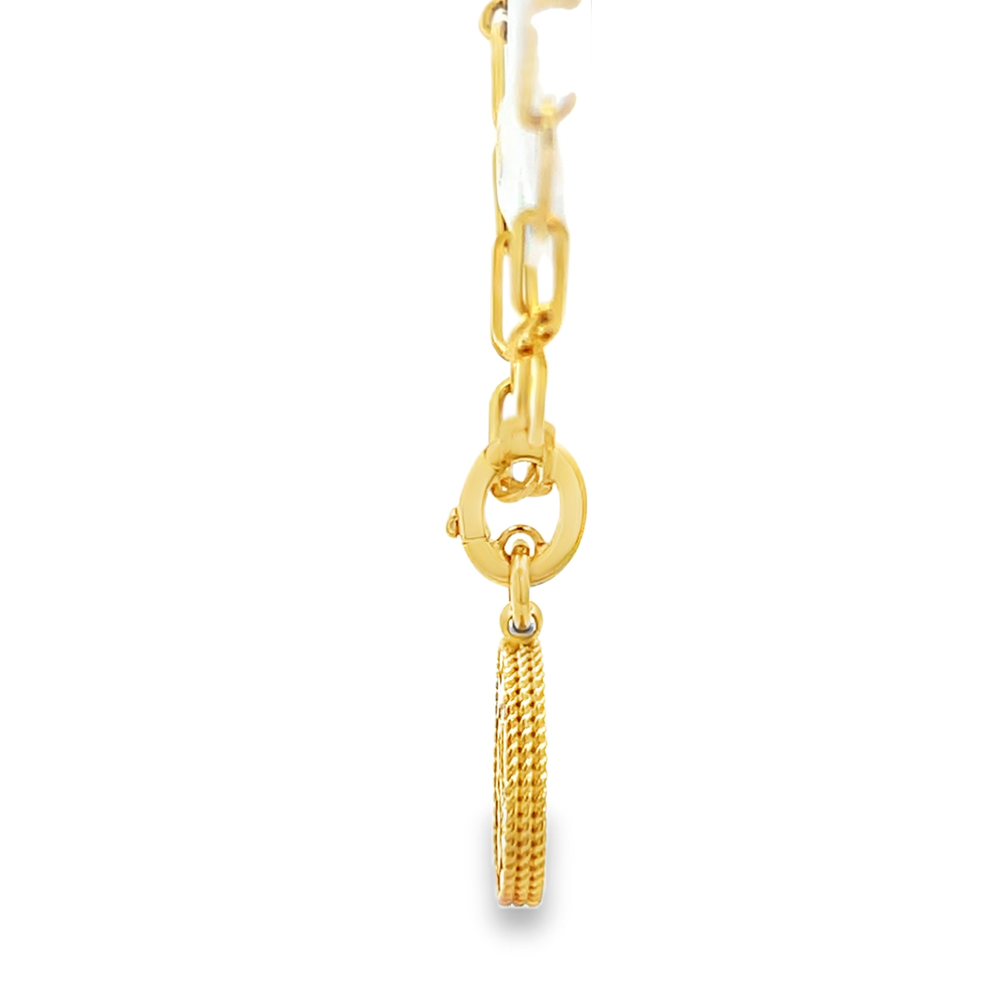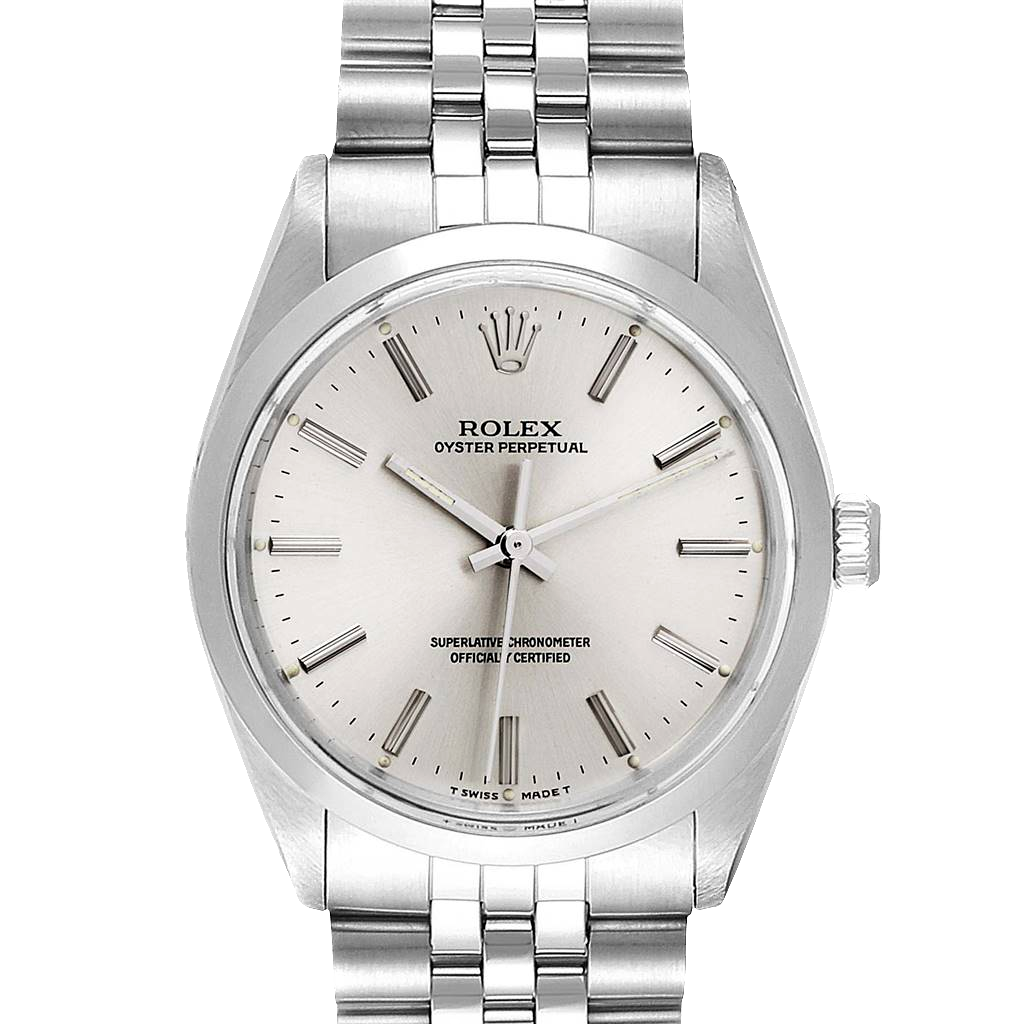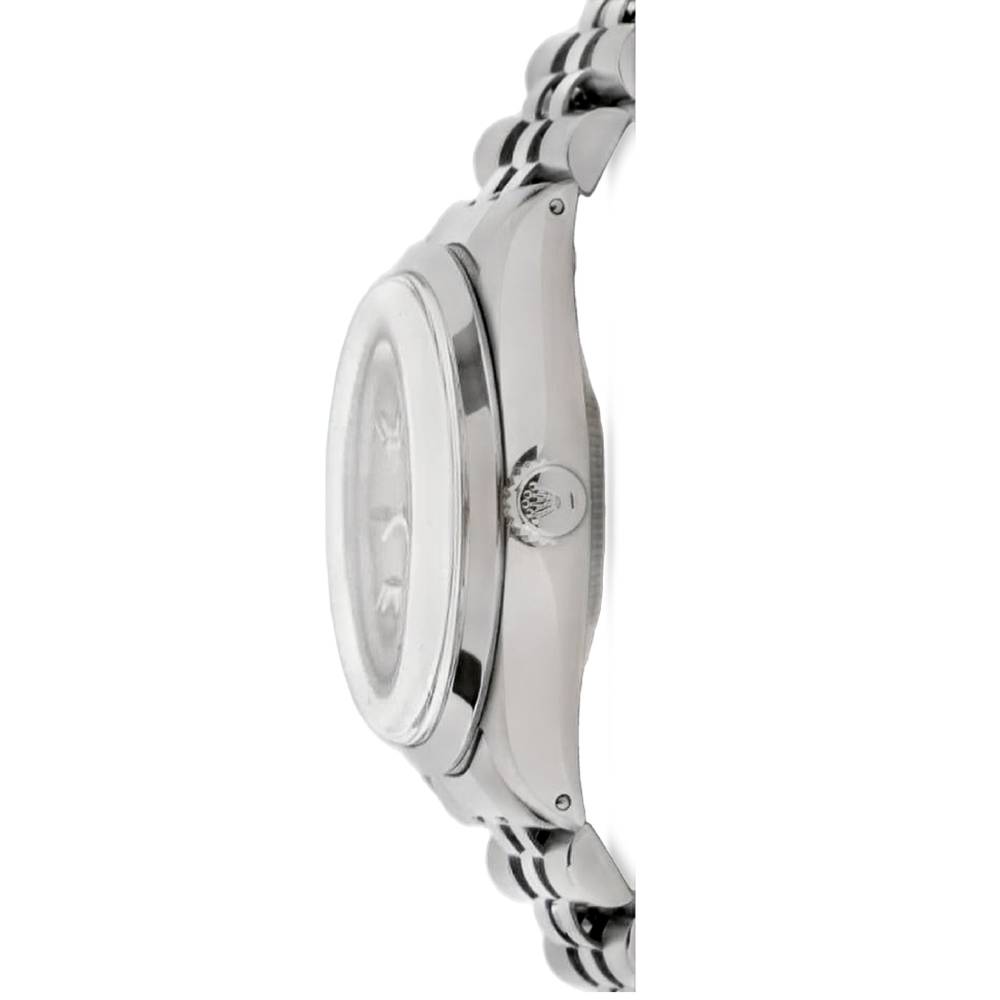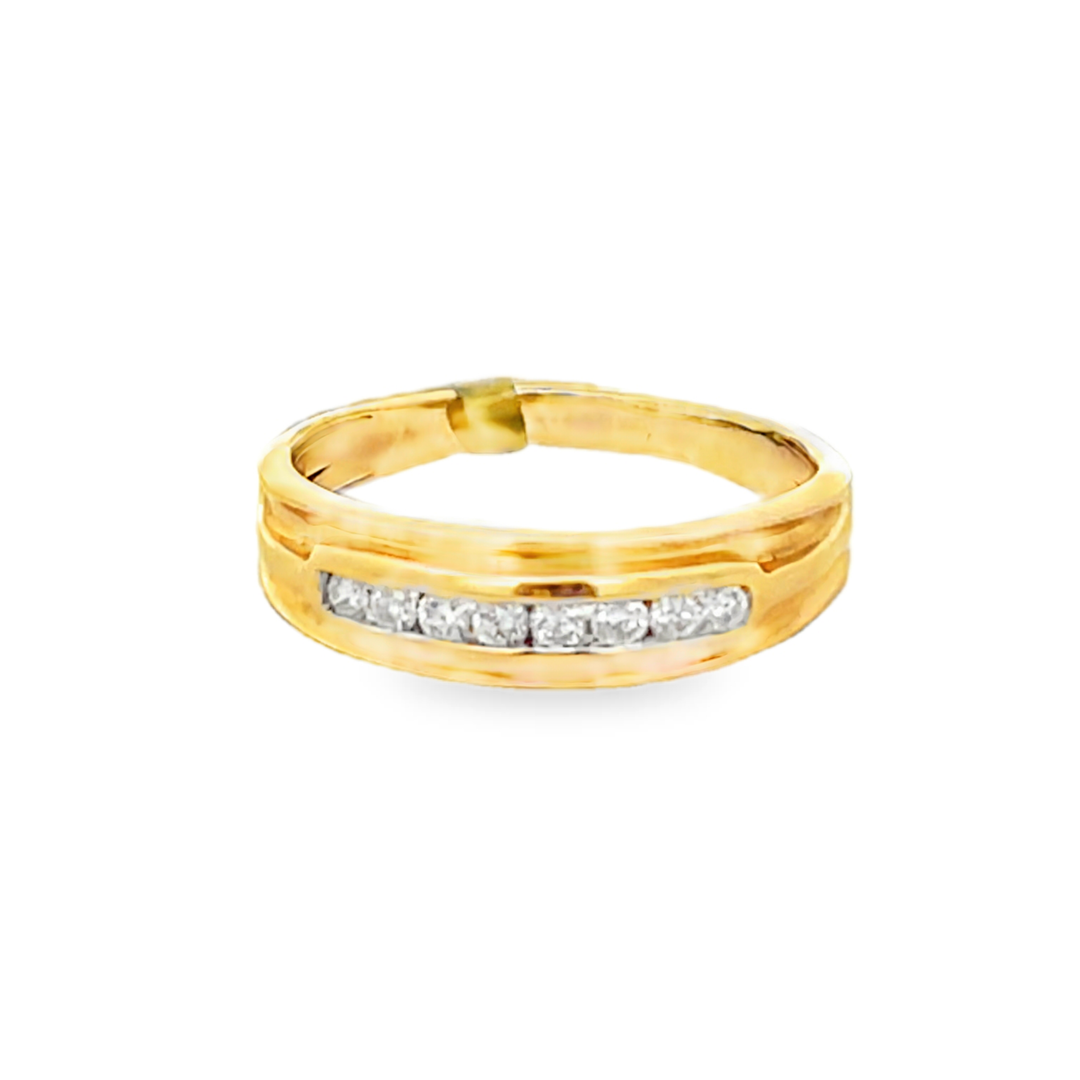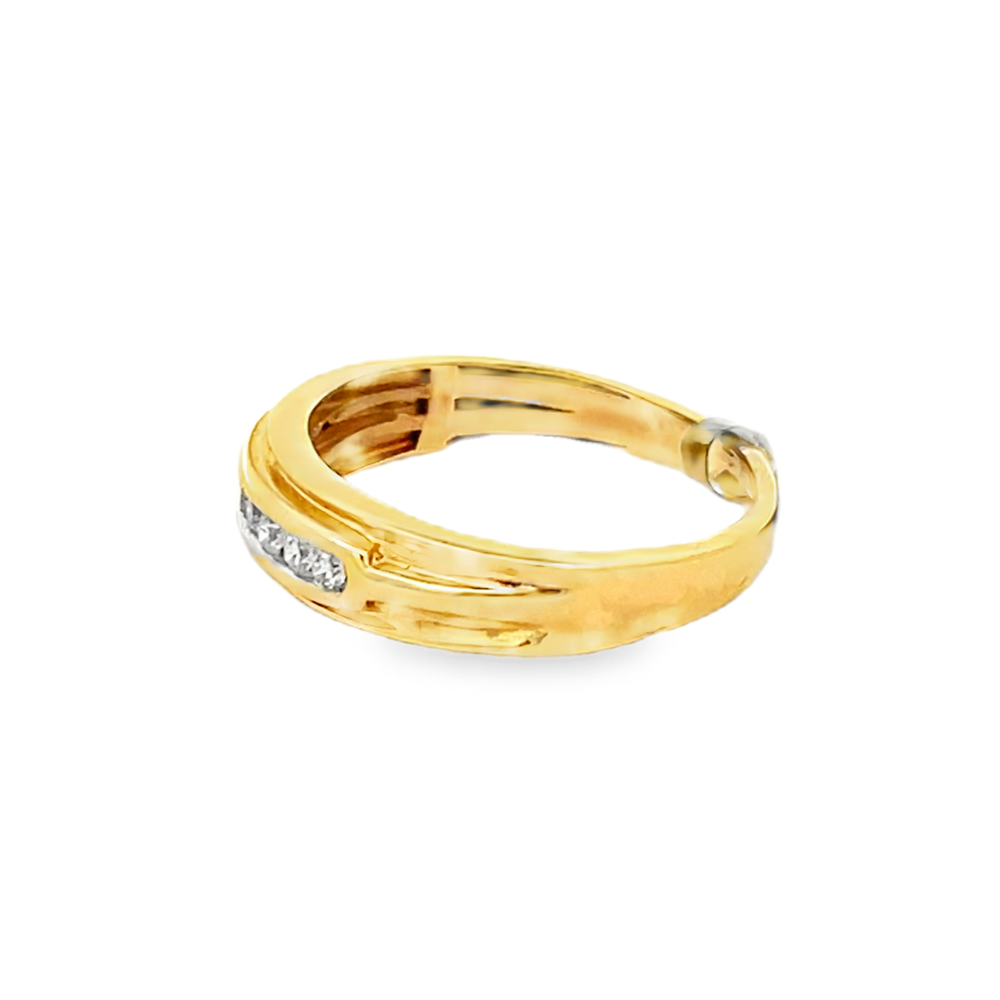When searching for the perfect diamond, most people start with a checklist of the 4Cs: Cut, Color, Clarity, and Carat weight. These criteria have helped many buyers choose their diamonds and provide a standard way to evaluate these precious gems.
However, there's more to an exceptional diamond than just these basic qualities. At Gabriel Fine Jewelers, we've learned over 25 years that a diamond's true beauty comes from various factors that standard grading systems don't consider.
The Role of the 4Cs
You can think of the 4Cs as the basic requirements - they're important, but they don't tell the whole story. A diamond may have perfect grades on paper but still lack the captivating sparkle that makes it truly special. On the other hand, a stone with slightly lower ratings might have unique features that create an extraordinary visual appeal.
Our Approach to Diamond Selection
With 35 years of experience in choosing diamonds and designing jewelry, we've developed a thorough method for finding truly exceptional stones. Our background includes valuable knowledge gained from working with renowned establishments like Moawad Jewelers International. This experience has taught us to look beyond the surface and pay attention to subtle details that can make a good diamond become an extraordinary one.
Ready to discover what makes a diamond truly special? Let's explore the hidden factors that elevate a diamond from merely valuable to absolutely unforgettable.
Understanding the Limitations of the 4Cs
The traditional 4Cs framework - Cut, Clarity, Color, and Carat - serves as a standardized method for evaluating diamonds. Let's examine each component and uncover their inherent limitations:
Cut Grade
- Measures proportions and symmetry
- Focuses on mathematical ideals
- Misses subtle variations in light performance
- Doesn't account for unique cutting styles that create distinctive effects
Clarity Grade
- Rates visibility of inclusions
- Based on 10x magnification viewing
- Overlooks positive effects of certain inclusion patterns
- Fails to distinguish between harmful and benign inclusions
Color Grade
- Measures absence of color
- Uses D-to-Z scale
- Ignores desirable undertones that enhance sparkle
- Doesn't consider how lighting affects color perception
Carat Weight
- Measures mass, not visual size
- Emphasizes quantity over quality
- Disregards spread and face-up appearance
- Can lead to prioritizing size over beauty
These standardized metrics create a simplified buying experience but often lead to missed opportunities. A VS2 clarity diamond might display more beauty than a VVS1 due to the strategic placement of its inclusions. Similarly, a lower color grade diamond could appear whiter than its higher-graded counterpart under real-world lighting conditions.
At Gabriel Fine Jewelers, we've witnessed countless diamonds that defy their paper grades. A perfectly cut 0.90-carat diamond can appear larger and more brilliant than a poorly cut 1-carat stone. The interplay between these characteristics creates unique visual effects that grading systems can't capture.
The 4Cs serve as useful guidelines, but treating them as absolute indicators of beauty limits your options. A diamond's true appeal emerges from the harmonious interaction of various factors beyond these basic parameters.
Exploring Hidden Factors That Enhance Diamond Beauty
A diamond's true beauty lies in subtle characteristics often overlooked by standard grading systems. These hidden factors can make the difference between a good diamond and an exceptional one.
Microscopic Pinpoints and Light Performance
Tiny crystal inclusions, known as pinpoints, play a crucial role in a diamond's light performance. While these microscopic features are typically considered inclusions:
- Positive Impact: Strategic placement of pinpoints can create additional light reflection points
- Negative Impact: Clustered pinpoints may cause unwanted light dispersion
- Size Matters: Individual pinpoints smaller than 0.01mm rarely affect visual appearance
Interestingly, VVS diamonds with very small inclusions can still exhibit exceptional beauty despite their grading.
Understanding Diamond Cloudiness
Cloudiness, or "milkiness," significantly impacts a diamond's brilliance and value. This characteristic results from:
- Crystal growth patterns
- Mineral inclusions
- Internal graining
A cloudy diamond appears hazy, reducing transparency and limiting light return. At Gabriel Fine Jewelers, we carefully examine each stone under different lighting conditions to detect any presence of cloudiness that might diminish its beauty. Such cloudiness is often associated with lower clarity grades like VS2, which can severely impact the stone's aesthetic appeal.
The Impact of BGM Tints
Brown, green, and gray tints (BGM) can subtly alter a diamond's appearance:
Brown Tints
- Common in natural diamonds
- Often caused by internal crystal structure
- Can create a warm undertone in lower color grades
Green Tints
- Usually results from natural radiation exposure
- Rare in commercial diamonds
- May affect light dispersion patterns
Gray Tints
- Typically caused by minute inclusions
- Can reduce brightness and fire
- Most noticeable in larger stones
Expert Assessment Methods
Professional jewelers use specialized techniques to evaluate these hidden characteristics:
- Dark-field illumination for detecting cloudiness
- Fiber-optic lighting to assess pinpoint patterns
- Color-corrected lighting for identifying subtle tints
These advanced evaluation methods help identify diamonds with superior visual properties, regardless of their paper grades. At Gabriel Fine Jewelers, we leverage 35 years of expertise to select stones that demonstrate exceptional beauty beyond standard metrics.
The Role of Structural Integrity & Durability in Diamond Quality
A diamond's true value extends beyond its sparkle and brilliance. Structural integrity plays a crucial role in determining a diamond's longevity and resistance to damage during everyday wear.
Girdle Thickness: A Critical Balance
The girdle - the outer edge of a diamond - requires precise thickness for optimal durability:
- Too thin: Creates vulnerability to chips and cracks
- Too thick: Affects light performance and adds unnecessary weight
- Ideal range: 2.5% to 5% of the diamond's diameter
Internal Graining Patterns
Natural graining within diamonds can impact both strength and aesthetics:
- Straight graining lines enhance structural stability
- Irregular patterns might indicate potential weak points
- Visible graining can create subtle light distortions
Strategic Facet Placement
The positioning of facets affects both durability and beauty:
- Sharp corners increase vulnerability to damage
- Properly aligned facets distribute pressure evenly
- Strategic angles protect vulnerable areas
Inclusion Locations Matter
The placement of inclusions influences a diamond's structural stability:
- Surface-reaching inclusions create weak points
- Deep inclusions near strain points raise durability concerns
- Clustered inclusions can affect internal strength
At Gabriel Fine Jewelers, we examine each diamond's structural elements using specialized equipment to identify potential weakness points. This thorough assessment helps predict how well a diamond will maintain its beauty through generations of wear.
Protection Through Design
Setting choices can enhance durability:
- Bezel settings shield vulnerable edges
- V-prongs protect pointed corners
- Raised settings minimize surface contact
Understanding these structural elements helps you select a diamond that maintains its beauty through daily wear. Our 35 years of expertise enables us to identify diamonds with optimal structural characteristics, ensuring your investment stands the test of time. You can explore our Best Sellers collection featuring top-rated products that combine quality and style, ensuring you find a piece that not only meets your aesthetic desires but also stands the test of time.
Advanced Screening Techniques for Discerning Buyers
Modern diamond evaluation goes far beyond the traditional loupe examination. At Gabriel Fine Jewelers, we employ sophisticated screening methods to assess diamonds at a microscopic level, revealing qualities invisible to the naked eye.
Advanced Imaging Technology
- High-resolution microscopy captures detailed internal structures
- Digital proportion analysis measures facet alignment precision
- 3D scanning creates comprehensive diamond mapping
Light Performance Analysis
- ASET (Angular Spectrum Evaluation Tool) testing reveals light handling efficiency
- Hearts and Arrows viewers detect symmetry patterns
- Spectroscopy identifies light leakage points
Precision Cut Analysis
A diamond's cut quality directly impacts its brilliance. Our advanced tools measure:
- Facet meet-point precision
- Crown and pavilion angle relationships
- Table size optimization
- Girdle thickness consistency
Optical Performance Metrics
We analyze specific light behavior patterns:
- Brilliance: Return of white light
- Fire: Dispersion of spectral colors
- Scintillation: Dynamic light patterns
- Contrast: Dark and bright areas
Advanced Clarity Enhancement Detection
Our screening process identifies:
- Laser drill holes
- Fracture filling
- Surface coating treatments
- Clarity enhancement methods
At Gabriel Fine Jewelers, we combine these advanced screening techniques with 35 years of expertise to identify diamonds that exceed standard grading parameters. This comprehensive evaluation ensures you receive a diamond that performs exceptionally well in real-world conditions, not just in laboratory settings.
Our advanced screening process helps identify diamonds with superior optical properties that might be overlooked by traditional grading methods. These techniques allow us to select stones that display exceptional brilliance and fire, ensuring your diamond stands out with remarkable visual performance.
Ensuring Value Through Comprehensive Diamond Assessment
A thorough diamond evaluation process serves as your safeguard against costly mistakes and ensures you receive true value for your investment. The time invested in proper assessment directly translates to long-term satisfaction with your purchase.
Key Elements of a Comprehensive Assessment:
- Documentation Review: Examine certificates from respected grading laboratories alongside the physical stone
- Multiple Viewing Conditions: Assess the diamond under different lighting scenarios - natural daylight, fluorescent, and LED
- Time Investment: Dedicate sufficient time to compare multiple stones within your criteria
- Professional Guidance: Work with experienced jewelers who can highlight subtle characteristics
The diamond market's complexity demands expert navigation. At Gabriel Fine Jewelers, we leverage 35 years of industry experience to guide you through intricate decisions. Our evaluation process includes:
"A diamond's true value emerges through careful consideration of both visible and hidden characteristics - each stone tells its own unique story" - Gabriel, Master Jeweler
Professional Assessment Benefits:
- Identification of value-adding characteristics often missed by untrained eyes
- Protection against common pitfalls in diamond selection
- Access to extensive market knowledge and pricing insights
- Expert guidance on balancing quality factors within your budget
The investment in professional guidance pays dividends through enhanced confidence in your purchase decision and superior long-term value. A knowledgeable jeweler's expertise helps you navigate beyond basic grading metrics to discover diamonds with exceptional characteristics at competitive price points.
Conclusion
Selecting the perfect diamond requires a deeper understanding beyond the traditional 4 C's grading system. Your diamond's true beauty comes from the combination of visible features and hidden qualities that make it one-of-a-kind.
At Gabriel Fine Jewelers in Modesto, CA, we have 35 years of experience in helping you choose the right diamond. Our commitment to excellence drives us to find diamonds that go beyond standard grading metrics, making sure each stone meets our strict quality standards.
Your diamond journey deserves personalized attention and expert guidance. We invite you to:
- Experience our carefully selected collection of exceptional diamonds
- Learn about the subtle characteristics that make each stone unique
- Discover how our advanced evaluation techniques reveal a diamond's true potential
- Create your custom jewelry piece with our master craftsmen, whether it's a stunning custom gold or diamond jewelry
Ready to find your perfect diamond? Visit our showroom at 1700 McHenry Avenue, Suite 27, in McHenry Village, Modesto. Our team is available Monday through Saturday, 10 am - 5 pm, to guide you through your diamond selection journey.
Start your custom jewelry experience today:
- Call us: (209) 529-2110
- Visit our showroom
- Explore our online collection of lab-grown fine jewelry or browse our exclusive selection of fine jewelry necklaces and pendants
Trust Gabriel Fine Jewelers to help you discover a diamond that captures both your vision and our uncompromising standards of excellence.
FAQs (Frequently Asked Questions)
What are the 4 Cs of diamond quality and why might they be insufficient for choosing the perfect diamond?
The 4 Cs refer to Cut, Clarity, Carat, and Color, which are traditional criteria used to evaluate diamonds. While these factors are important, relying solely on them can lead to overlooking diamonds with exceptional beauty or unique features that aren't fully captured by these metrics.
What hidden factors should buyers consider beyond the 4 Cs when selecting a diamond?
Buyers should consider lesser-known characteristics such as milkiness (cloudiness), microscopic pinpoints affecting brilliance, and undesirable brown, green, or gray tints (BGM). These factors significantly impact a diamond's visual appeal and sparkle and should be carefully assessed during selection.
How does structural integrity affect a diamond's quality and value?
Structural integrity involves aspects like girdle thickness and graining, which influence both durability and beauty. Considering these factors is essential because they affect a diamond's risk of chipping and overall longevity, contributing to its true quality beyond aesthetic attributes.
What advanced techniques are used to evaluate diamonds beyond traditional grading systems?
Industry experts use innovative methods such as cut precision analysis and light performance evaluations. These advanced screening techniques help assess a diamond's true potential for exceptional brilliance and beauty that may not be evident through standard grading alone.
Why is a comprehensive diamond assessment important for ensuring long-term value?
Investing time in thorough evaluation ensures that buyers select diamonds with superior beauty, durability, and uniqueness. Seeking guidance from knowledgeable professionals helps navigate market complexities, maximizing long-term value rather than focusing only on initial appearance or price.
How does Gabriel Fine Jewelers support customers in choosing diamonds that go beyond the 4 Cs?
Gabriel Fine Jewelers leverages years of expertise to source and evaluate exquisite diamonds considering both visible attributes and underlying qualities like structural integrity and advanced screening results. They encourage a holistic approach to selection and offer custom jewelry services online or at their Modesto location.








